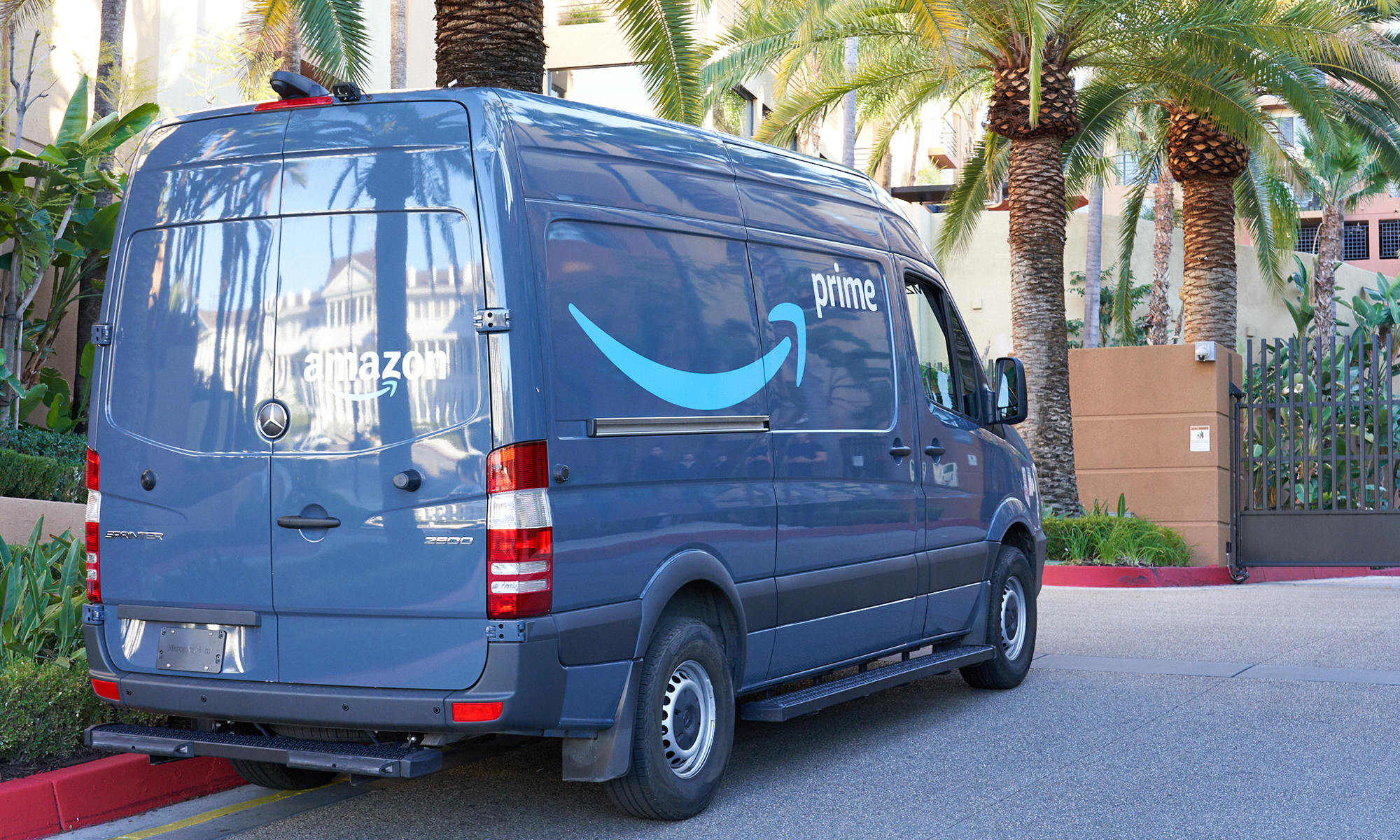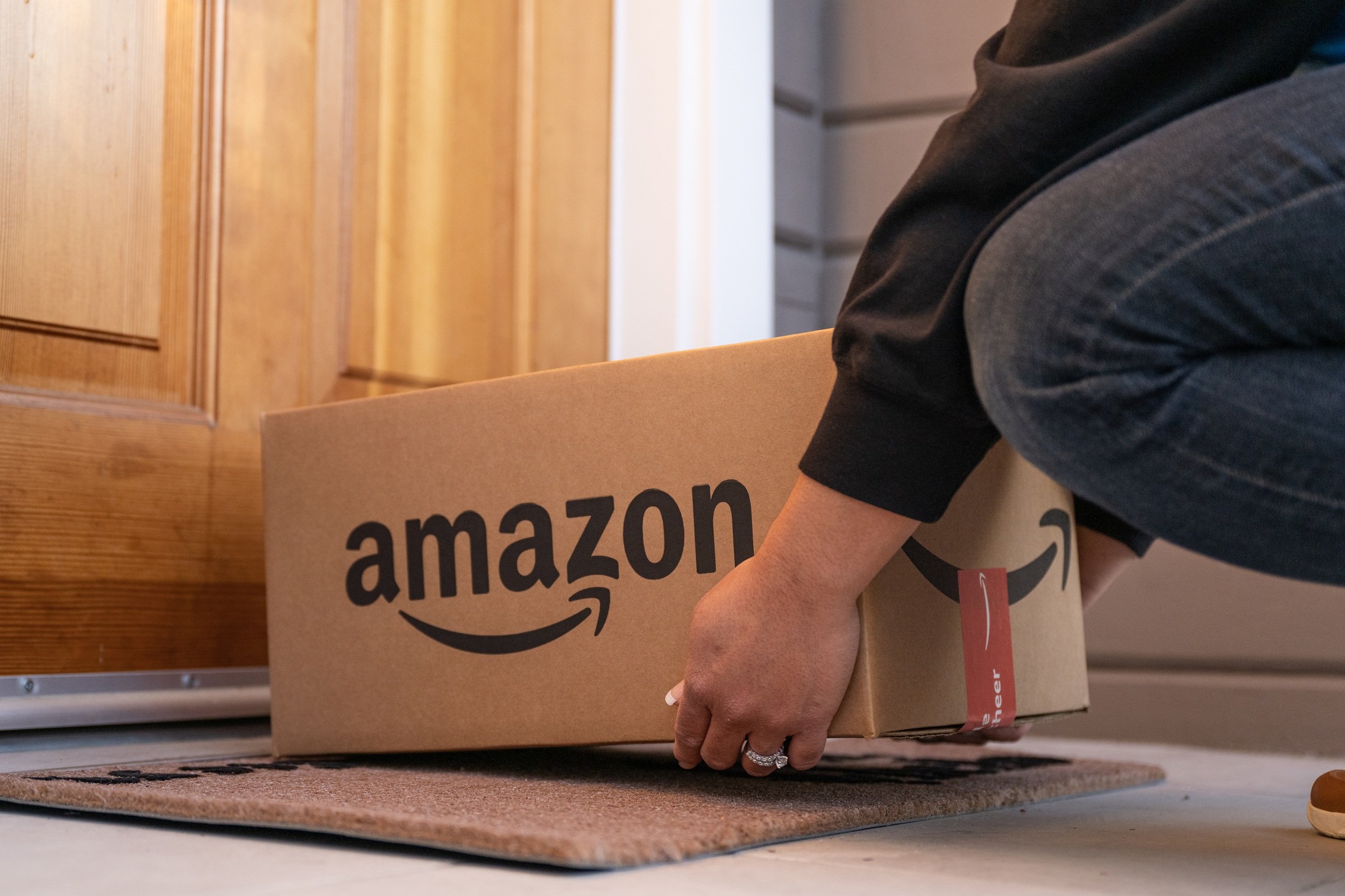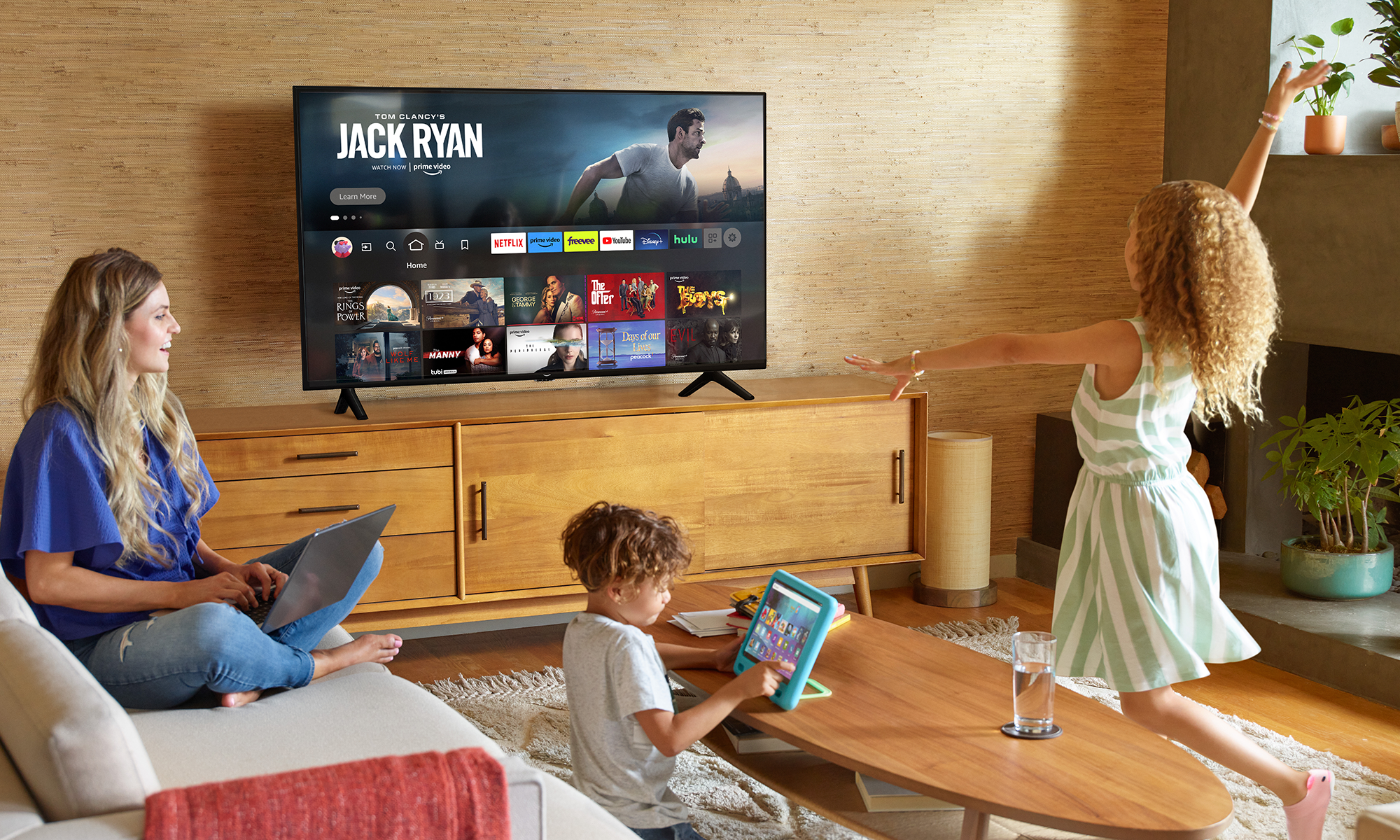Two massive media companies launched new streaming services this summer: AT&T (T 0.37%) introduced HBO Max at the end of May, and Comcast (CMCSA +0.07%) started offering a preview of Peacock in April with a public launch this month.
But those streaming services aren't available on the two biggest connected TV platforms in the U.S., Roku (ROKU +0.96%) and Amazon.com's (AMZN 0.67%) Fire TV. While there are still a few days before Peacock's public launch, the odds of Comcast reaching a deal with either Amazon or Roku are slim, according to people familiar with the matter.
There are three big issues for AT&T and Comcast in their negotiations with Amazon and Roku.

AT&T CEO John Stankey presenting HBO Max. Image source: AT&T
1. User data
Control over user data is a key piece of AT&T's and Comcast's strategies with their new streaming services. Better data leads to better content recommendations, better ad targeting, and better content-value estimates for future licensing and production agreements.
AT&T in particular wants to control HBO Max data and keep it exclusive to its Xandr platform. It can then offer its distribution partners access to the data for a fee. Of course, Amazon and Roku would rather not pay for access to that data.
The main way Roku and Amazon can access at least some of the data from HBO Max and Peacock is by offering the services through their own channel offerings: Amazon Channels and Premium Subscriptions on The Roku Channel. Both AT&T and Comcast are resistant to offering their services through those distribution platforms.
AT&T will let consumers pay for the service through channels, but it won't allow users to stream directly through the platform. Instead, it wants to push users to the dedicated HBO Max app. That would prevent Amazon and Roku from gathering viewer data, but they can take their fee for handling billing and payment processing. (This is the setup AT&T has with Apple.) Peacock may allow for a similar distribution method, especially since it's already partnering with pay-TV distributors for something similar.
2. Ad inventory
One of the primary ways Amazon and Roku make money from their connected TV platforms is through advertising. While they both operate their own ad-supported channels, they primarily run ads in other media companies' ad-supported apps. That's the price of distribution. They both typically take a 30% share of ad inventory, but services with larger audiences can negotiate a smaller cut.
Comcast is only planning to run three to five minutes of ads per hour on Peacock's ad-supported tiers. Handing even a portion of that time over to Amazon and Roku could make the service significantly less profitable. Meanwhile, the two distributors may be seeking higher inventory shares than services with similar audience-size expectations due to the substantially lower ad load.
AT&T plans to release an ad-supported version of HBO Max next year, and it's likely facing similar challenges negotiating inventory shares with Amazon and Roku. It's in AT&T's best interest to hammer out details for the advertising business now instead of postponing it until it's debut. Roku and Amazon have gotten more powerful as distribution platforms over time, and that's likely to continue.
3. Catalysts
The biggest reason these companies haven't come to distribution agreements yet is that there's no catalyst to get a deal done. HBO Max and Peacock have both faced production delays amid the coronavirus pandemic, and it's not clear when their planned original production slates will hit the platforms.
Since originals are a big draw to get consumers to sign up for a new streaming service, there's not going to be much demand for either service until the slate of originals starts ramping up. Peacock had been planning to use premium Summer Olympics coverage as a selling point as well, but it's now settled for Premier League matches.
AT&T is trying to force a catalyst by shutting down the legacy HBO Go and HBO Now apps on Roku and Fire TV. Subscribers should still be able to access the main HBO service if they subscribe through Amazon Channels or The Roku Channel, though. The majority of HBO subscribers still come from pay-TV distributors, though, which means millions of subscribers won't be able to watch any HBO content on their TVs anymore.
For now, though, there's not a big reason to get a deal done. Most consumers are happy with the status quo, and it seems to be working for Amazon and Roku just fine as well.






